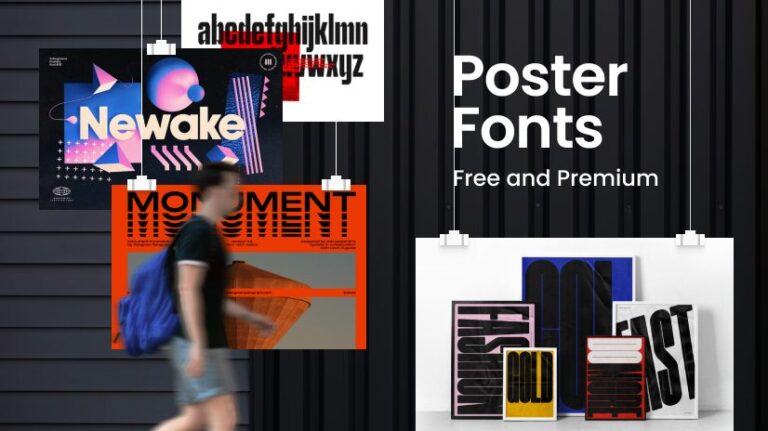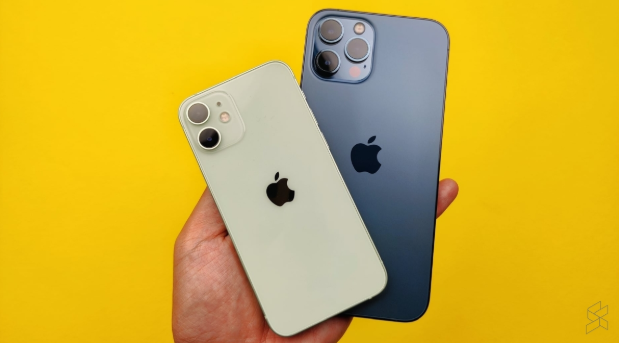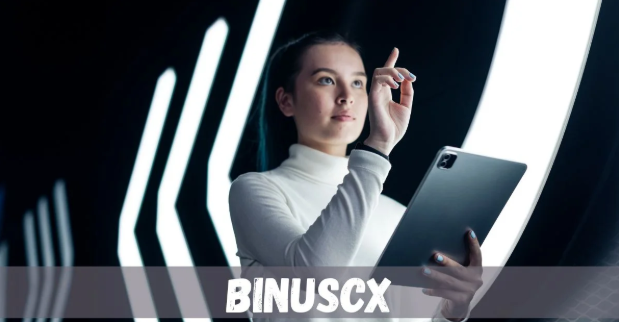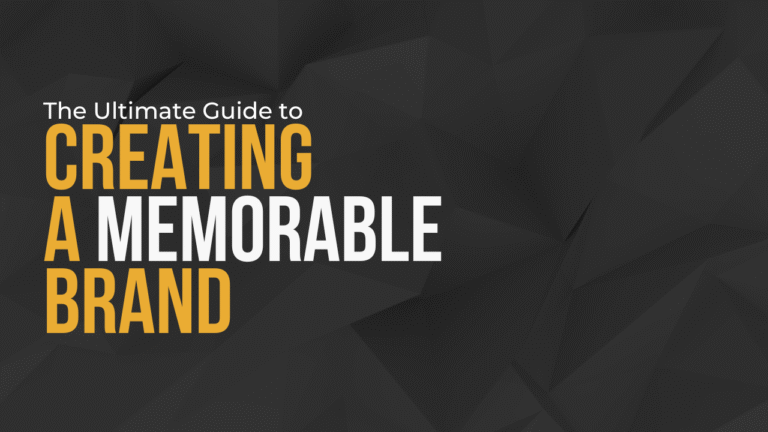In today’s fashion-forward and brand-conscious world, printing for shirts has become more than just a way to decorate apparel—it’s a powerful tool for marketing, personal expression, team identity, and business growth. Whether you’re designing a custom shirt for a business, sports team, event, or your own fashion brand, understanding the different printing methods is crucial to achieving the look, feel, and durability you desire.
This comprehensive guide dives deep into everything you need to know about printing for shirts—from popular techniques and materials to design tips and choosing the right printer.
Why Printing for Shirts Is So Popular
The surge in demand for custom printed shirts is driven by their versatility, affordability, and creative freedom. Here are a few compelling reasons why people opt for custom shirt printing:
- Brand Promotion: Businesses use printed shirts for marketing and staff uniforms.
- Team Identity: Sports teams, schools, and clubs wear customized shirts to promote unity.
- Fashion and Retail: Designers launch their own t-shirt brands with custom graphics.
- Events and Campaigns: Printed shirts for concerts, fundraisers, and awareness campaigns.
- Personal Style: Individuals create one-of-a-kind designs to express themselves.
Popular Printing Methods for Shirts
1. Screen Printing
Screen printing is the most common and cost-effective technique for large orders. It involves creating a stencil (screen) and using it to apply layers of ink onto the shirt.
Advantages:
- Vibrant and long-lasting prints
- Ideal for bulk printing (25+ shirts)
- Works well on cotton and cotton-blend fabrics
Best For:
- Logos, slogans, simple graphics
- Company uniforms, event t-shirts
2. Direct-to-Garment (DTG) Printing
DTG printing uses a specialized inkjet printer to apply ink directly onto the fabric. It’s ideal for detailed and full-color designs.
Advantages:
- High-resolution prints
- Suitable for small batches
- Great for detailed and photographic designs
Best For:
- Fashion brands
- One-off or personalized orders
3. Heat Transfer Printing
Heat transfer involves printing a design on transfer paper and then using heat and pressure to transfer the image onto the shirt.
Types:
- Vinyl Heat Transfer
- Digital Heat Transfer (for photos and full-color images)
Advantages:
- Affordable setup for small runs
- Can produce complex designs
Best For:
- Customized names and numbers (e.g., sports jerseys)
- Low-volume orders
4. Sublimation Printing
Sublimation Printing for Shirts is a heat-based technique that uses dye to print designs into synthetic fabrics, like polyester.
Advantages:
- Lightweight and breathable prints
- Permanent and vibrant designs
- Design becomes part of the fabric
Best For:
- All-over shirt printing
- Performance or athletic wear
5. Embroidery (Bonus Technique)
While not a printing method, embroidery is often used for logos and names on shirts, offering a premium and professional look.
Best For:
- Polo shirts, uniforms, and corporate wear
- Designs that require durability and texture
Choosing the Right Shirt for Printing
Not all t-shirts are created equal. The shirt’s material and style will impact the final result of your print.
Common Shirt Fabrics:
- 100% Cotton: Soft, breathable, ideal for screen and DTG printing.
- Cotton/Polyester Blends: More durable, wrinkle-resistant, great for athletic wear.
- Tri-Blends (Cotton, Polyester, Rayon): Soft, vintage feel; may require special printing considerations.
- Polyester: Best for sublimation printing.
Pro Tip: For bold colors and lasting durability, choose ringspun cotton.
Shirt Styles to Consider:
- Crew Neck vs. V-Neck
- Short Sleeve vs. Long Sleeve
- Unisex, Men’s, or Women’s Fit
- Tanks, Hoodies, or Raglans
The style should complement the purpose and audience of the shirt.
Design Tips for Shirt Printing
Creating the right design is key to a successful custom shirt.
Design Considerations:
- Simplicity Wins: Bold, minimal designs are more effective.
- Contrast is Key: Light ink on dark shirts (and vice versa) stands out.
- Consider Placement: Center chest, pocket area, back, or sleeves.
- Use High-Resolution Files: Aim for at least 300 DPI.
- Pantone Matching: Maintain brand consistency by using exact color codes.
Cost Factors in Printing for Shirts
Several elements influence the cost of printed shirts:
- Quantity: The more you print, the lower the cost per shirt.
- Number of Colors: Each ink color can increase the cost, especially in screen printing.
- Print Size and Placement: Full-front or back prints may cost more than small logos.
- Shirt Quality: Premium brands cost more but offer better fit and feel.
- Printing Method: DTG and sublimation are more expensive per unit than screen printing in bulk.
Bulk Orders Tip: Always ask for volume discounts from your printer.
Top Shirt Brands for Printing
Choosing a trusted shirt brand ensures consistent sizing, fabric quality, and comfort.
- Bella+Canvas – Fashion-forward and ultra-soft
- Gildan – Affordable and durable for bulk orders
- Next Level Apparel – Great balance of quality and cost
- Hanes / Fruit of the Loom – Reliable and widely available
- American Apparel – Trendy and fitted, more premium
Finding the Right Printing Partner
The quality of your final product heavily depends on your printer. Look for:
- Experience with your chosen print method
- Design support and proofing
- Portfolio of previous work
- Clear turnaround times
- Positive reviews and testimonials
A good printing company will offer samples, mockups, and expert advice tailored to your project.
Eco-Friendly Shirt Printing Options
Sustainability is increasingly important in apparel printing.
- Water-based inks instead of plastisol
- Organic or recycled shirts
- Eco-conscious printing facilities
- Reduced packaging waste
Ask your provider about green options for an environmentally responsible approach.
Final Thoughts: Printing for Shirts Done Right
From corporate branding and team spirit to personalized gifts and fashion lines, printing for shirts opens a world of creative possibilities. With so many techniques, materials, and designs to choose from, understanding your options ensures you get the best results in terms of quality, durability, and value.
Whether you’re printing 10 or 10,000 shirts, make informed choices based on:
- Printing method
- Shirt material and fit
- Design quality and placement
- Trusted printing partners
With the right strategy, you can turn a simple shirt into a powerful medium for expression, connection, and promotion.







